First metal-catalysed reaction inside a living organism could lead the way to targeted drug synthesis
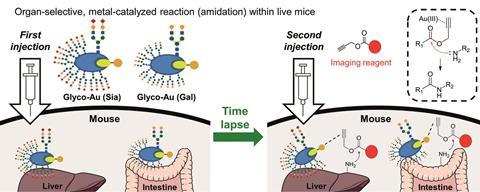
Transition metal-catalysed reactions have traditionally been confined to test tubes and round-bottom flasks – but now researchers have performed the first gold-catalysed reaction in live mice. The team used the reaction to image the animals’ organs and hopes that similar reactions could eventually have applications such as targeted, in-body drug synthesis.
In vivo metal catalysis has so far been limited to cell cultures with the most advanced organism being zebrafish embryos. This is because the cellular environments inside living bodies present unique challenges for metal catalysts, which can be sensitive to air and water.
Katsunori Tanaka and colleagues from Japan’s Riken research institute solved these problems by tagging a gold catalyst, known for its water and air stability, onto one of two carrier proteins. When injected into living mice, the protein transports the catalyst to either the liver or intestine, where it triggers an amide bond formation between an added propargyl ester and amines that sit on the outside of cells.
Attaching a fluorescent label onto the propargyl ester allowed Tanaka’s team to image the animals’ livers with noninvasive infrared imaging. The researchers are now looking into other proteins that can carry catalysts to a larger number of target organs or even into tumour tissues, where metal-catalysed reactions could synthesise or activate drugs.
References
K Tsubokura et al, Angew. Chem. Int. Ed., 2017, DOI: 10.1002/anie.201610273





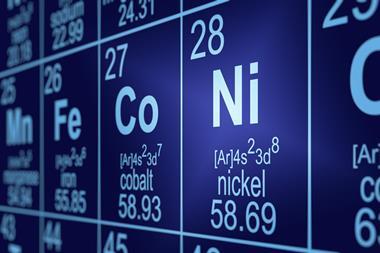
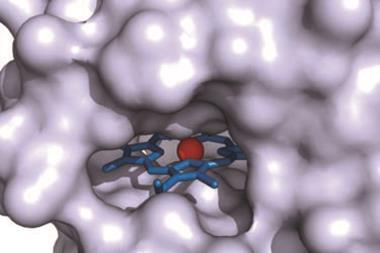
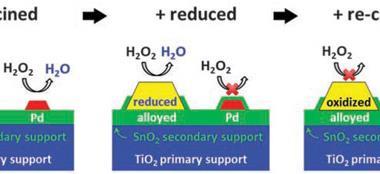


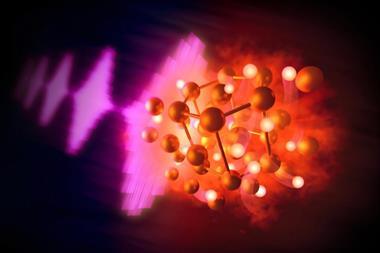






No comments yet